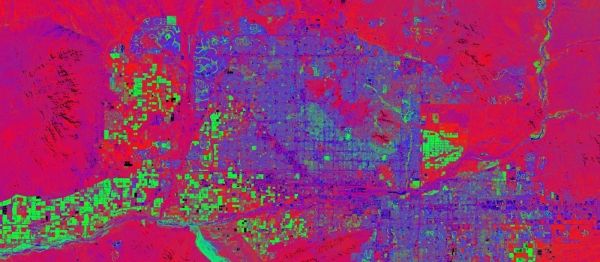Scientists have devised a simple new model that explains how the undesirable effects of urban heat islands vary across seasons. Their results could help cities in different climatic regions design heat mitigation strategies.
Unlike existing urban climate models which require a large amount of information and are computationally very demanding, the new coarse-grained model provides general insights into how seasonal changes in rainfall, solar radiation, and vegetation conditions of an urban environment affect the intensity and timing of surface urban heat islands at a city-wide scale.
“With just two equations, our model can describe all these complex interactions,” said Gabriele Manoli, a lecturer in environmental engineering at University College London, who led the research.
“For city planners, it provides a new approach that complements more detailed, city-specific tools, and provides general guidelines on the effects of heat mitigation strategies, such as increasing green spaces, in different climates and during different times of the year,” Manoli said. Because it’s based on just two coupled equations, one on hydrological balance and the other on radiative-energy balance, the framework can be applied to cities where extensive data and detailed simulations are not available.
Read more at Duke University
Image Credit: NASA


